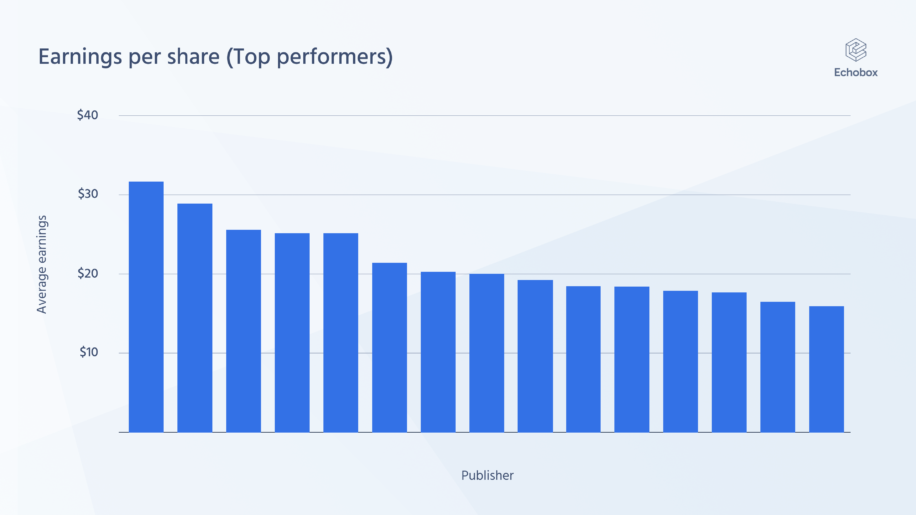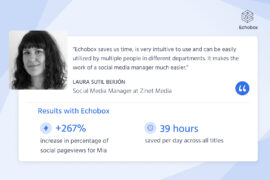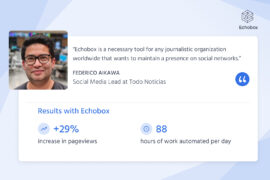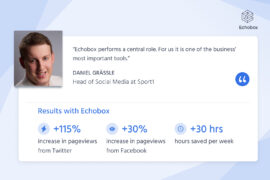For years, the relationship between Facebook and news publishers has been fraught with dramatic shifts—from the rise of Instant Articles and the News Tab to the winding down of direct news payments. Today, the landscape is settling into a clearer, performance-based model focused on audience engagement and diversified content earnings.
If you’re a news publisher or media company, understanding this new revenue playbook is essential to maximizing your reach and driving sustainable reader revenue and advertising income on the platform.
1. The core shift: Facebook content monetization
Meta has been aggressively streamlining its monetization tools. This shift is particularly important for news organizations, which historically relied on structured ad placements (like Instant Articles) that have since been retired.
The new Facebook Content Monetization is a unified program designed to simplify how performance-based revenue is earned:
- Unified earnings: It combines payouts from multiple sources (ads, bonuses) into a single, performance-based model. This means earnings are tied directly to engagement and content performance.
- Diverse content payouts critical for publishers: Critically, this program is opening up monetization beyond long-form video. News publishers can now earn revenue from a wider range of content formats that are central to their daily output:
- Photo Posts (Often used for engaging image/headline link-outs)
- Text Posts (Breaking news and concise updates)
- Stories (Short-form content for discoverability)
- Long-form Videos (Documentary or editorial features)
This mechanism rewards publishers for overall engagement and content performance. Some news organizations are seeing significant revenue spikes, which can also successfully drive referral traffic.
2. Eligibility and next steps for publishers
More information can be found here. To register an interest follow the steps below:
To sign up for Facebook content monetization on a mobile device:
- Go to Professional dashboard > Monetisation > Content monetisation.
- Tap Get started next to Content monetisation.
- Review and accept the Terms and Conditions.
- Fill in your payment details and tap Complete setup.
To sign up for Facebook content monetization on a computer:
- Go to Meta Business Suite.
- Go to Monetisation > Content monetisation.
- Click Get started next to Content monetisation.
- Review and accept the Terms and Conditions.
- Fill in your payment details, and click Complete setup.
3. How does Echobox support Facebook content monetization?
Ever since we heard from Echobox users that they were seeing substantial returns from monetization, we’ve been developing new ways for Echobox to maximize those earnings.
The result of this is a major change to our algorithms that allow you to specifically target revenue from monetization if you wish. By turning your Page target to ‘Maximize Facebook Revenue,’ Echobox’s AI automation changes the content mix that it shares to Facebook, as well as the share recommendations it makes to you.
You can find out more by speaking to us.
4. Facebook content monetization: An analysis
a. Headline figures
From the nearly 700 Pages active on the Facebook monetization program, hundreds of publishers have earned over $51 million with an average earning of $75,000.

As shown in the graph above, our top performing publisher for monetization has received over $30 per share on average. And not all of these top earners have been from the largest markets. As well as publishers in the UK and US, also represented in the graph above are those from New Zealand, Poland, Hong Kong and Singapore. Other high-performing publishers have come from France, Germany, the Netherlands, Scandinavia and Mexico to name but a few.
b. Which shares perform better for Facebook Content Monetization?
We ran an analysis on all publishers using Echobox who have successfully enrolled in Meta’s Content Monetization program.

One would think, given Meta’s drive to encourage video sharing on their platforms, that video would be the format most incentivized through their monetization program. Surprisingly, we found that the most valuable share type when it comes to monetization are image-link posts, image posts with the article URL contained in the first comment or the share message. Average earnings per share for image-link shares were $1.93, closely followed by Video at $1.72.
There was then a significant drop-off with Carousel, Image and Link posts accounting for average earnings per post of $1.82 combined. Out of the 8000 Reels we analyzed, average earnings were 0.
Conclusion
Facebook’s content monetization program is a unique opportunity for publishers. Moving away from the collective agreements struck in individual countries, Meta’s decision to pay publishers individually marks a seachange in its approach to the industry. How long it will last is another matter.
The reasons why this program was implemented are hard to guess, especially given Meta’s stance towards publishers in the very recent past. It may be that, in a world where generative AI is increasingly seen as the next frontier for large tech companies, monetization is an effective way for Meta to gain material to train AI.
Whatever the reason, it seems safe to assume that this state of affairs will not last forever. Publishers are advised to make hay while the sun shines.
Echobox has implemented a range of features to help publishers maximize the earnings they can achieve from Facebook, all without having to do a thing. Based on our continuous analysis of publishers enrolled in Facebook’s monetization program, we’ve developed a major update to our algorithms that let publishers use Echobox’s automated AI-powered social media solution to specifically target revenue from the program.




